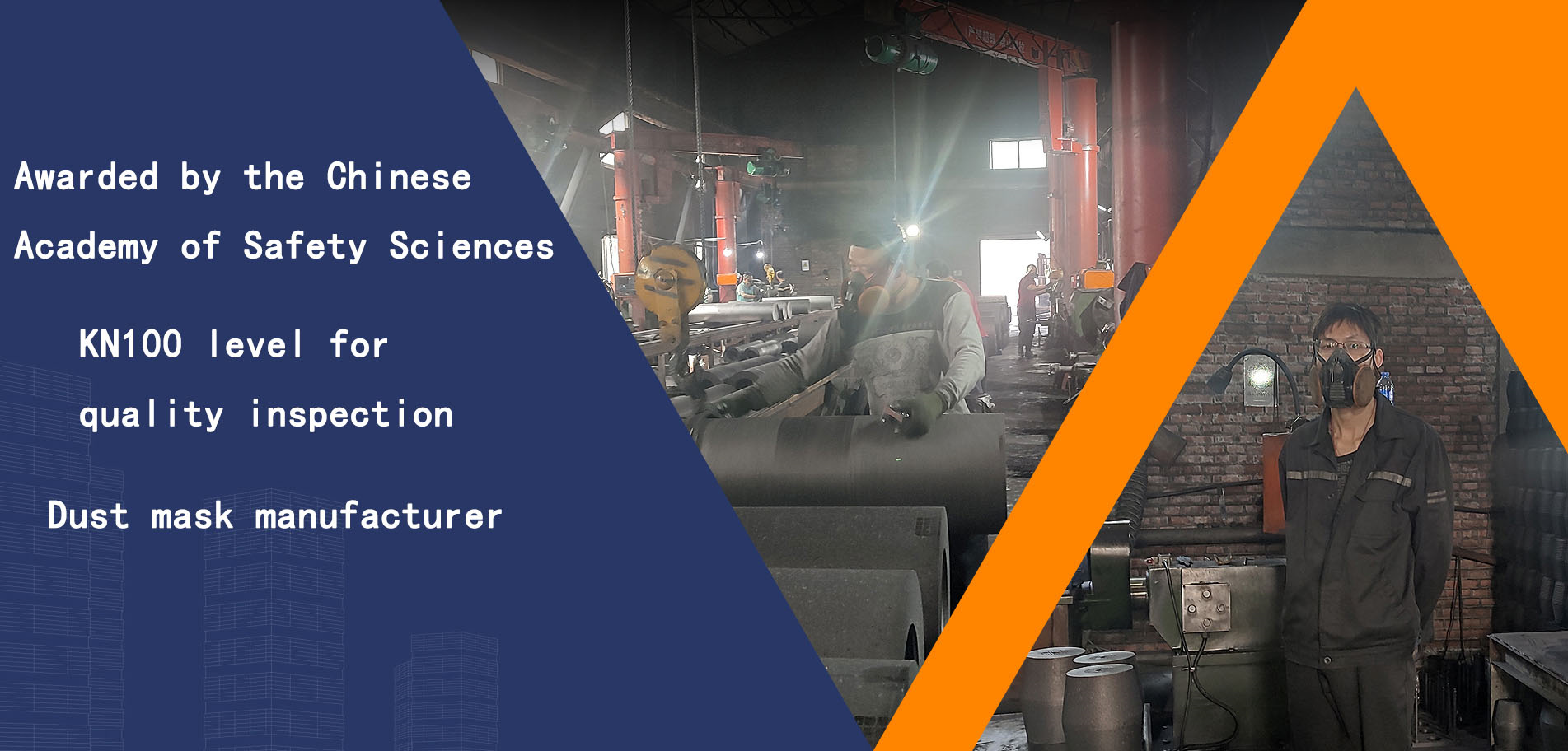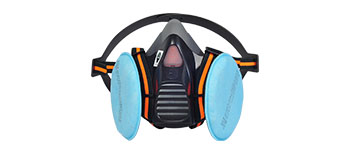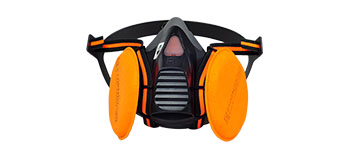Painting may seem simple, but it hides many health risks, especially potential harm to the respiratory system. Painters are exposed to chemicals such as paint, diluents, and curing agents for a long time, which can release a large amount of harmful gases and particles during the construction process. If respiratory protection is not done properly, it may not only cause immediate discomfort, but also lead to serious chronic diseases and even endanger life.
1. Harmful substances in paint
Paint contains various chemicals, such as volatile organic compounds (VOCs), formaldehyde, benzene, toluene, xylene, etc. These substances will evaporate into the air during the painting process, forming toxic gases or suspended particles. Long term inhalation of these harmful substances may cause damage to the respiratory system, nervous system, and even liver and kidney function. For example, benzene is a known carcinogen, and long-term exposure may increase the risk of leukemia; Formaldehyde may irritate the respiratory tract, causing asthma or chronic bronchitis.
2. Short term health impacts

Even short-term exposure to high concentrations of paint volatiles can lead to immediate health problems. Common symptoms include dizziness, nausea, stinging eyes and throat, coughing, difficulty breathing, etc. Although these symptoms may alleviate after leaving the construction environment, frequent exposure can gradually weaken the body's resistance and even lead to acute poisoning.
3. Long term health risks
If painters work without respiratory protection for a long time, the health risks will significantly increase. Chronic exposure may lead to:
Respiratory system diseases: such as occupational asthma, chronic obstructive pulmonary disease (COPD), pulmonary fibrosis, etc.
Neurological damage: Certain solvents may damage the nervous system, leading to memory loss, lack of concentration, and even peripheral neuropathy.
Cancer risk: Long term exposure to certain chemicals (such as benzene, formaldehyde) may increase the risk of developing malignant tumors such as lung cancer and leukemia.
Other organ damage: Harmful substances may enter the bloodstream through the respiratory tract, affecting the function of organs such as the liver and kidneys.
The Importance of Protective Measures
Respiratory protection is the first line of defense for painters to protect their own health. Appropriate respiratory protective equipment (such as gas masks, respirators, etc.) can effectively filter harmful particles and gases in the air, reducing the risk of inhalation. In addition, a good ventilation environment, regular rest, and health check ups are also essential auxiliary measures.
5. Occupational safety and legal responsibility
In many countries and regions, employers have an obligation to provide necessary respiratory protective equipment for painters and ensure their proper use. Workers themselves should also raise their safety awareness and take proactive protective measures. Neglecting respiratory protection not only endangers personal health, but may also violate occupational safety regulations and result in legal liability.
 English
English





